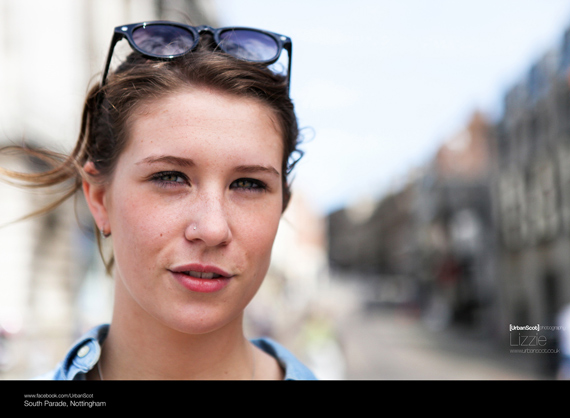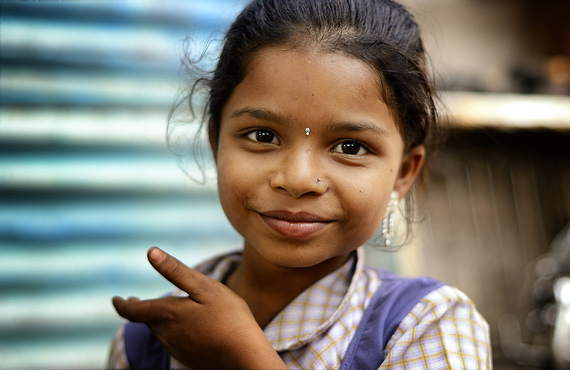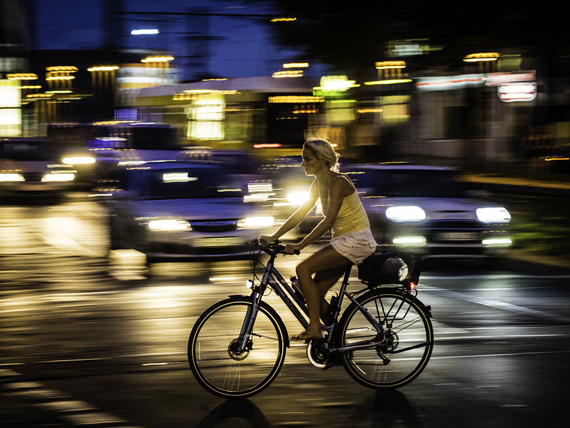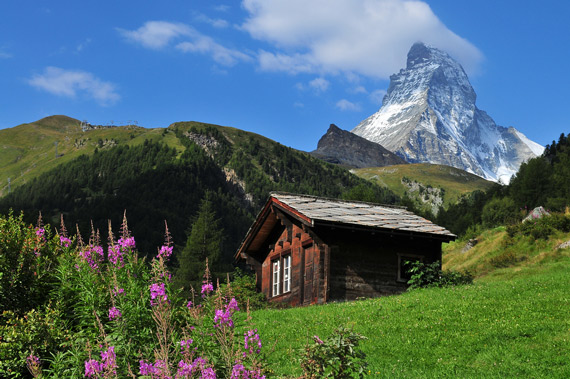Are you just starting out in photography? If you are, then here’s a helpful list of pointers pertaining to digital photography basics. These pointers will give your images a massive kick start in terms of quality, and it doesn’t matter what camera you have. You can take good photographs with any DSLR camera.
So here’s my advice:
1. Don’t be concerned with megapixels.
The number of pixels determines how big you’ll be able to print your photographs. Yes, it’s true that the more pixels you have, the more refined detail your images will have, but at this stage, you want to start shooting as many photographs as you possibly can. You’ll learn so much through every photograph.
2. Set your ISO to the lowest possible setting.
This will give a smooth transition to your photographs and make them less grainy than at higher ISO settings.
3. Use wide-open apertures for portraits.
This means that the f-number should be as small as possible. The smaller the f-number, the larger the aperture. Why is it a good idea to use large apertures when photographing human subjects? Large apertures blur out the background and bring the subject into sharp focus, bringing the viewer’s attention right where you want it.
4. Pay attention to the background.
Try to eliminate clutter that doesn’t need to be there. In digital photography, a lot can be done to remove unwanted clutter using software like Photoshop, but there is no harm in doing a little preparation. Perhaps you’ll want your subject to stand in front of a bright plain wall or colorful patterned curtains. Make your background work with your subject.
5. If you are hand-holding your camera, don’t use a shutter speed slower than 1/60.
For example, don’t hand-hold the camera at 1/30. Nice photographs are sharp and in-focus. If you need to use a shutter speed slower than 1/60, use a tripod to ensure sharpness.
6. Use slow shutter speeds to imply motion.
Take your camera out to an urban environment where there are cars, bicycles, and public transport. Set it to shutter priority mode using speeds of 1/30, 1/15, 1/8 and 1/4. Follow a moving car or bicycle using the AI Servo focusing drive. Once the moving object is in focus, take the shot. This should blur out the background leaving trails of the subject and imply motion. This technique can take a bit of practice.
7. Increase the sharpness and contrast of your “picture style.”
This applies to JPEGs and can be found in your camera’s menu. Some photographers like to increase the saturation as well, but if you are going to post-process in RGB mode, I wouldn’t increase saturation in-camera.
8. Take your landscape images at small apertures.
Try apertures like f/16 or even f/22, using a tripod. This will ensure sharp focusing from front-to-back, telling a story about your landscape.
9. Pay attention to your camera angle.
Be prepared to move around. You may have to get down on your knees or even lie down to get down to your subject’s level. Don’t photograph a crawling baby while standing; get down to the baby’s level. That perspective will evoke more emotions when the photograph is printed and viewed. Get down when shooting landscapes to use your foreground to convey a sense of depth.
10. Don’t forget the rule of thirds.
Imagine that your viewfinder is split into thirds both vertically and horizontally. Never place your subject in the center square or on a horizon in the middle. Frame your portraits so that they appear to the right if you are shooting in the landscape orientation, otherwise in the middle if you are using the portrait orientation.
For landscape photographs, make sure the horizon line sits on the first or the third horizontal line that divides your viewfinder into three thirds. A horizon line in the middle produces boring landscapes that will do nothing for your viewers.
About the Author:
By Cee Dhinjan (dhinjan dot com). The author is a photography enthusiast and enjoys educating others.
For Further Training, Deal Ending Soon:
What do you get when you put together world-class photography instructors and 58 of their most essential and invaluable teaching resources and products? The Ultimate Photography Bundle, back by popular demand for its biggest year ever! This year it includes 26 ebooks, 21 ecourses, 1 membership site, and 10 tools at 96% off but only until it ends at midnight EST on Friday.
These top-quality resources cover all the topics that matter to the serious photographer… camera essentials, editing, family photography, inspiration & style, landscape, wedding photography, niche photography, and the business of photography. The entire photography training and resource bundle—valued at over $ 5,000—is available at 96% off until midnight EST on March 2.
Only a little while left: The Ultimate Photography Bundle 2018
Go to full article: 10 Ways To Boost Your Photography (Even If You’re a Beginner)
What are your thoughts on this article? Join the discussion on Facebook
PictureCorrect subscribers can also learn more today with our #1 bestseller: The Photography Tutorial eBook
The post 10 Ways To Boost Your Photography (Even If You’re a Beginner) appeared first on PictureCorrect.







